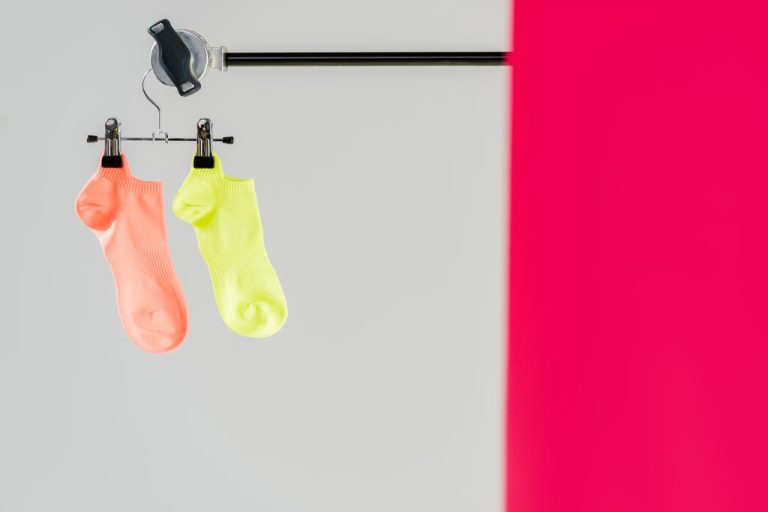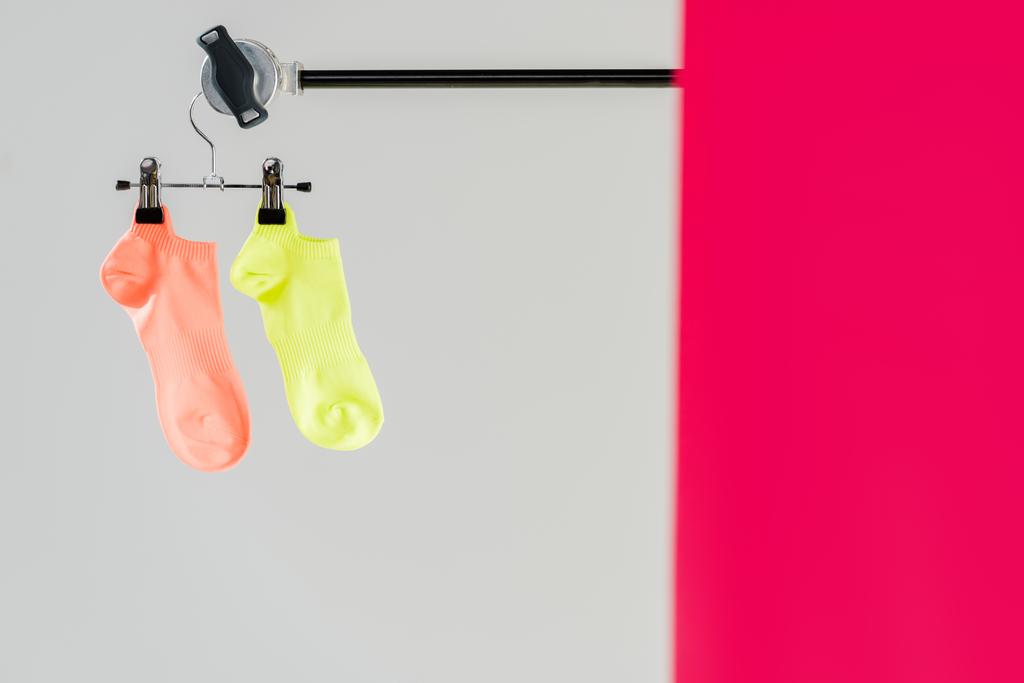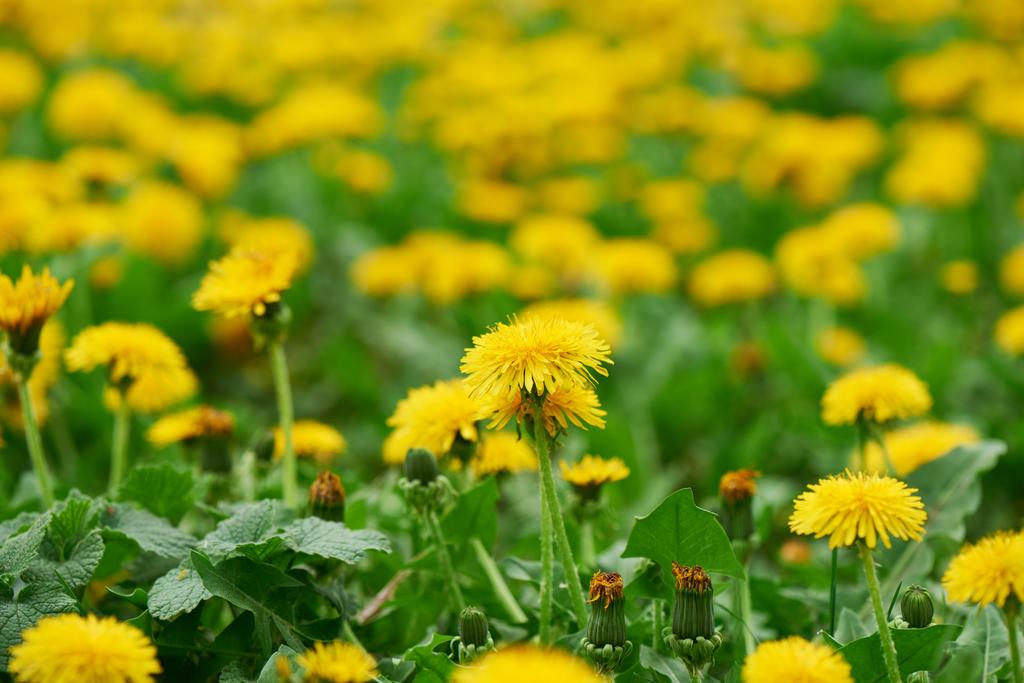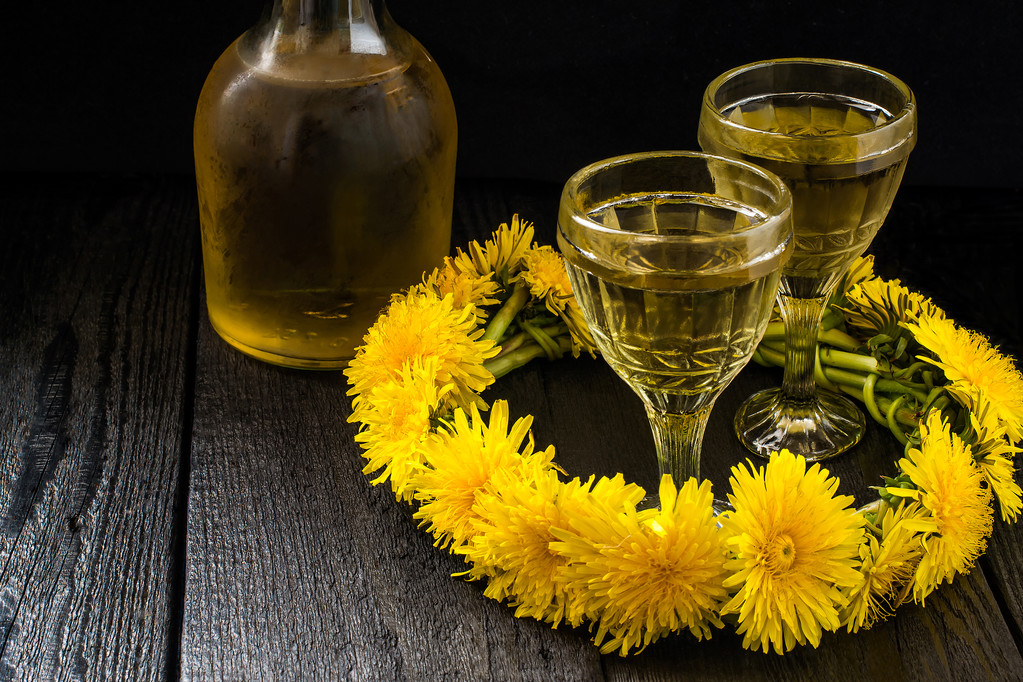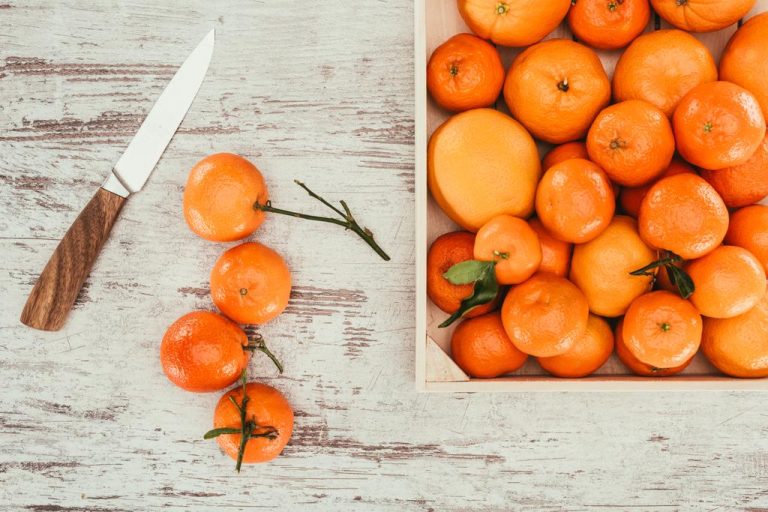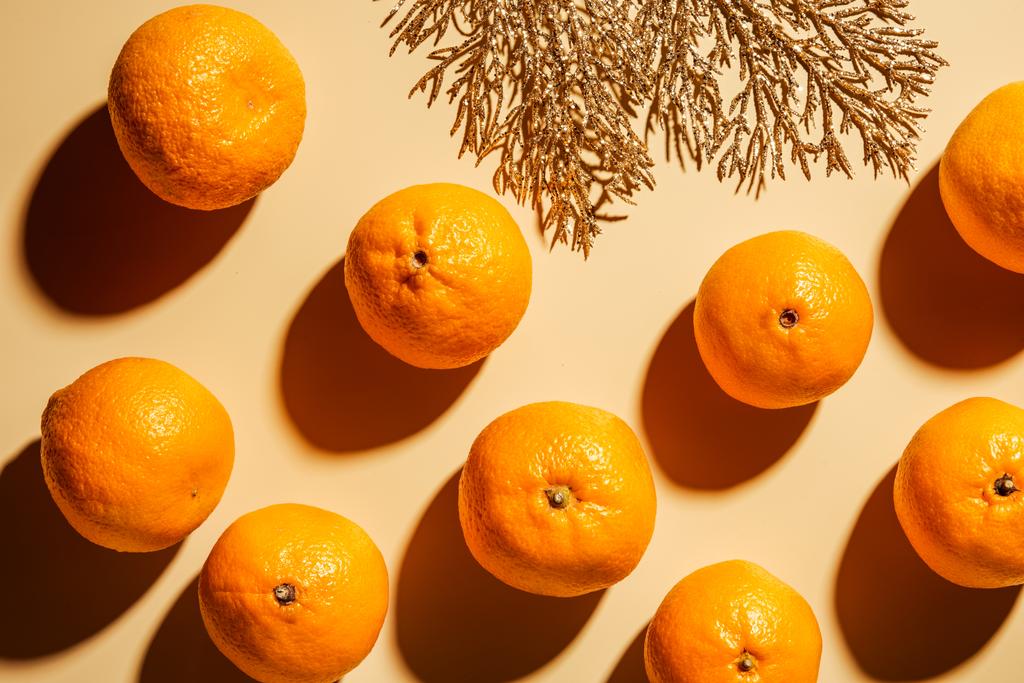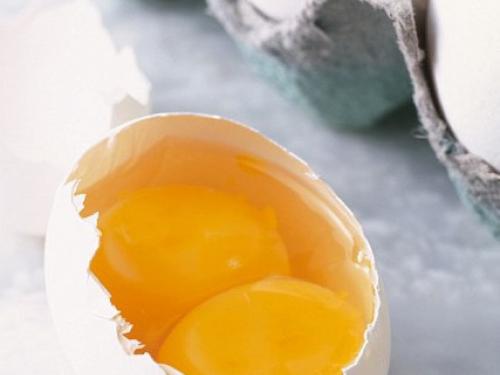Smart people’s brains fare better in the modern world. But a study proved that the intelligent people in the focus are more likely to lead an unhealthy lifestyle with alcohol.
Smart people drink more alcohol and exercise less. what’s up
Sufficient exercise and a healthy diet play a major role when it comes to health. One might think that a person’s intelligence indicates a healthy lifestyle. After all, intelligent people are more conscious and should know better. Or?
In addition, there is ample evidence that proves that there is a connection between high intelligence and long life expectancy. It involves these factors:
Higher intelligence offers opportunities for higher education, which can bring a healthier environment and higher social status.
Intelligent people live healthier lives overall, exercise more, smoke and drink less, which increases life expectancy.
A high IQ score can indicate overall good physical condition. This means that it can cope better with environmental stresses, which also increases life expectancy.
However, according to the study by psychologist Satoshi Kanazawa of the London School of Economics and Political Science, intelligent people very often have rather unhealthy lifestyles. They tend to sleep late and have more drinks than less intelligent people. In addition, they often lack exercise.
result of the study?
In the study, the psychologist presents the savannah theory: According to the studies, the brains of intelligent people cope better with the developments and requirements of the modern world. People with a lower IQ would not do as well with urban life or the media. Alcohol, the internet and television played no role in the Stone Age. Therefore, according to this theory, less intelligent people tend to have less of a tendency to get high from drugs such as alcohol or cigarettes because their brains have not evolved as much as those of intelligent people.
The psychologist is less concerned with inferring intelligence from lifestyle. Rather, he would like to examine how people deal with the values and options of the modern world.

Is this healthy?
Of course not. Because the more unhealthy the lifestyle, the higher the risk of disease, regardless of a person’s intelligence. If you don’t exercise and eat unhealthily, you risk cardiovascular problems, depression, dementia or even cancer.
No matter how high the intelligence quotient is: In order to stay fit and healthy, sport, healthy nutrition and avoiding unhealthy consumer goods should play a major role and be taken seriously.


